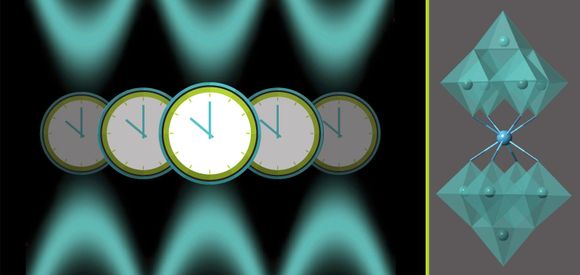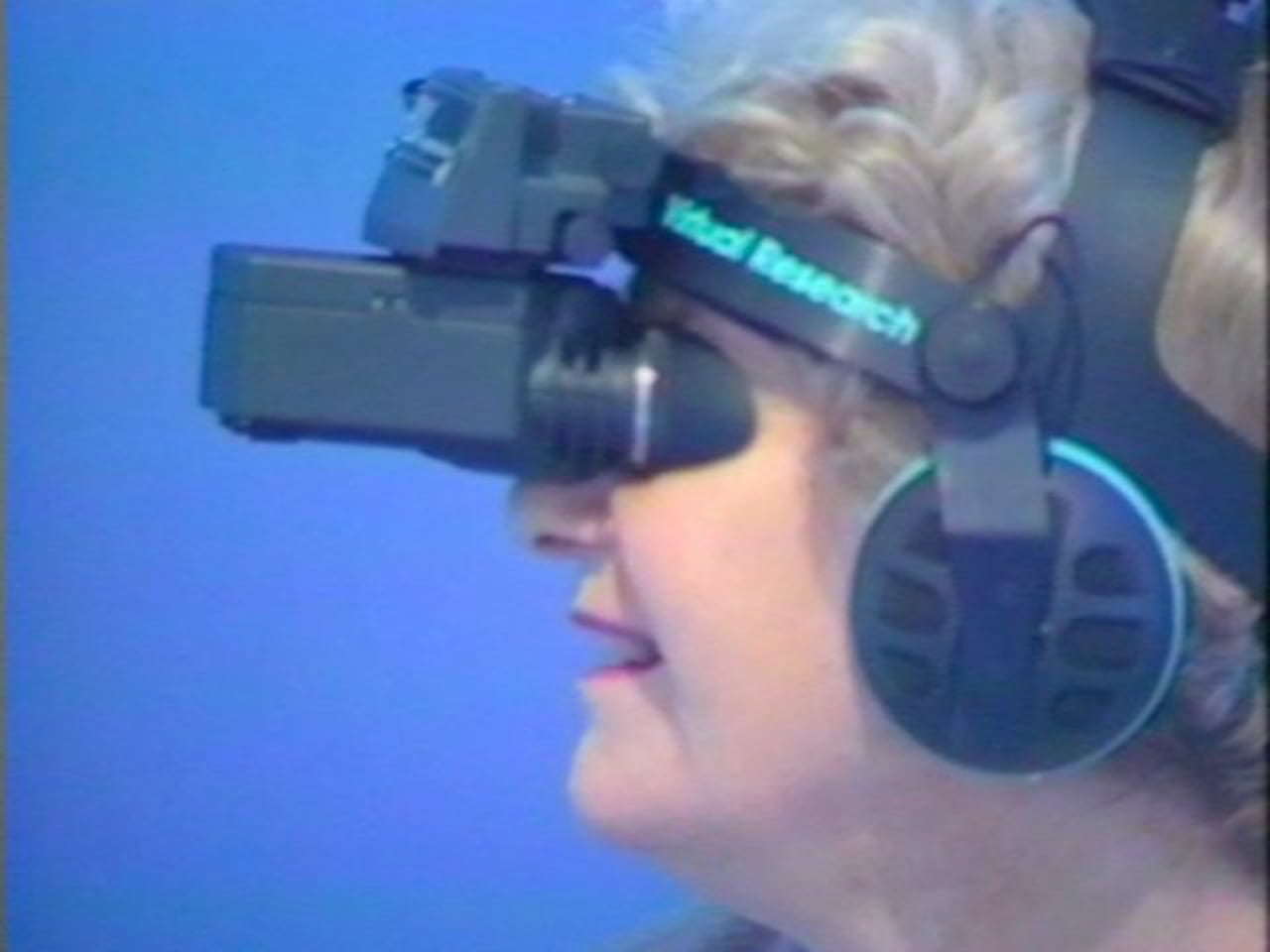Mar 16, 2016
This powerful headset can switch between virtual and augmented reality on the fly — you need to see it in action
Posted by Karen Hurst in categories: augmented reality, computing, mobile phones
You may have never heard of AMD, but you’ve almost certainly used products powered by the company’s technologies.
AMD, or Advanced Micro Devices, is one of the biggest chipmakers in the world. The 46-year-old California company makes computer chips and all the related tech needed to power applications on PCs, smartphones, tablets, and more.
On Monday, AMD surprised everyone with its newest initiative: The Sulon Q, built out of a partnership with Ontario-based Sulon Technologies.

















